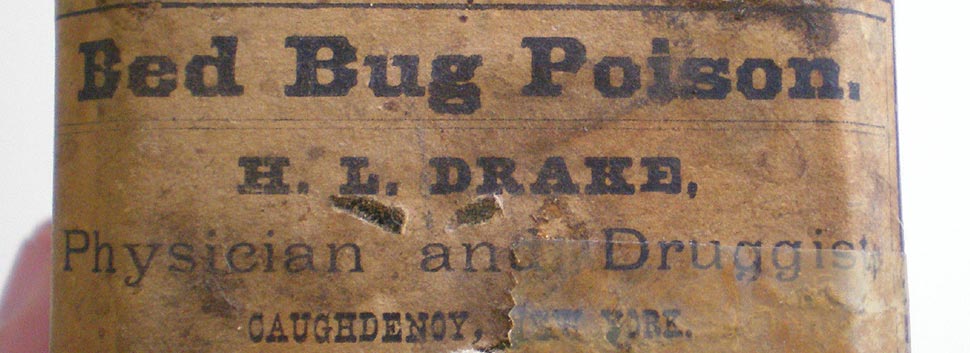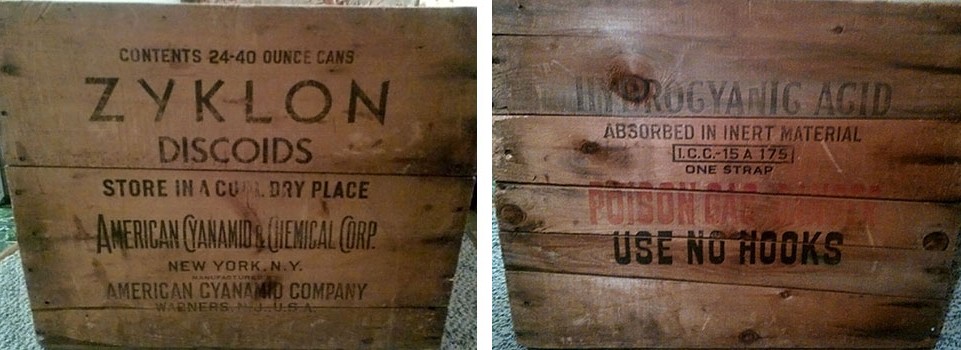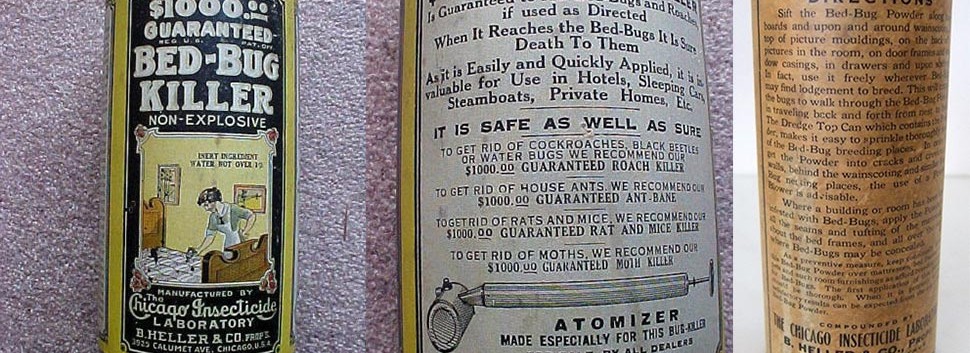Find Help in Your Area
Dealing with bed bugs can be stressful. Finding someone to help shouldn't be. Let us guide you to the perfect professional in your area who can help you through this difficult time. We rate all providers honestly and try to match you with a perfect fit.



